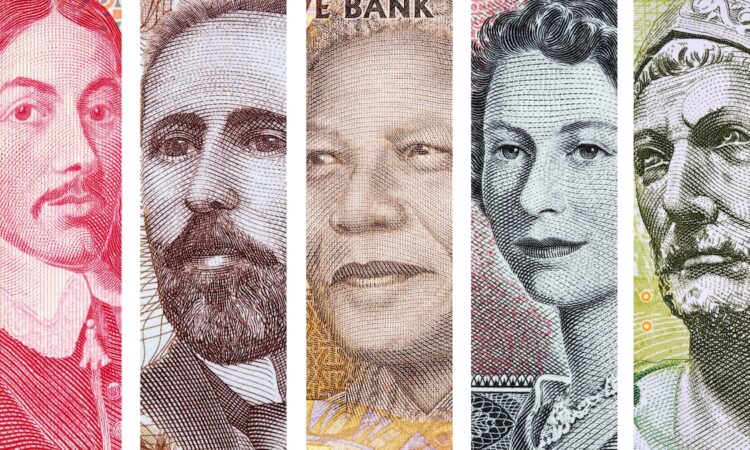
United States
In 1866, controversy erupted when the U.S. Treasury issued a five-cent note bearing the portrait of Spencer Clark, the first chief of what is now known as the Bureau of Printing and Engraving. Clark was not well liked by some members of Congress, who had accused him years earlier of fraud and “gross immorality.” (A Congressional committee dismissed the charges.)
Following public outcry, Congress passed a law on April 7, 1866, which prohibited depicting the “portrait or likeness of any living person” on the country’s currency. U.S. law still prohibits using the likeness of living people today, and even commemorative coins honoring a past president cannot be issued until two years after the president’s death.
In the modern era, the country has mainly celebrated past presidents and Founding Fathers on its currency—with portraits of George Washington, Thomas Jefferson, Abraham Lincoln, Alexander Hamilton, Ulysses S. Grant, and Benjamin Franklin gracing its banknotes.
Fuel their curiosity with your gift
Bosnia and Herzegovina
Bosnia and Herzegovina’s banknotes bear the images of the country’s famous writers, but that decision was driven more by conflict avoidance than literary admiration. In 1995, the Dayton Accords brought an end to years of civil war in Bosnia and created a single state with two parts, the Serb Republic and the Croat-Bosniak Federation of Bosnia and Herzegovina.
Similarly, the new nation would have a single currency, the Bosnian convertible mark, but would issue two versions of each denomination to reflect the cultural identity of each side. The banknotes still had to be cohesive, however, and initial submissions were rejected for violating that requirement—including one controversial design featuring Serb hero Gavrilo Princip, famous for setting off World War I by assassinating Austro-Hungarian Archduke Franz Ferdinand.



